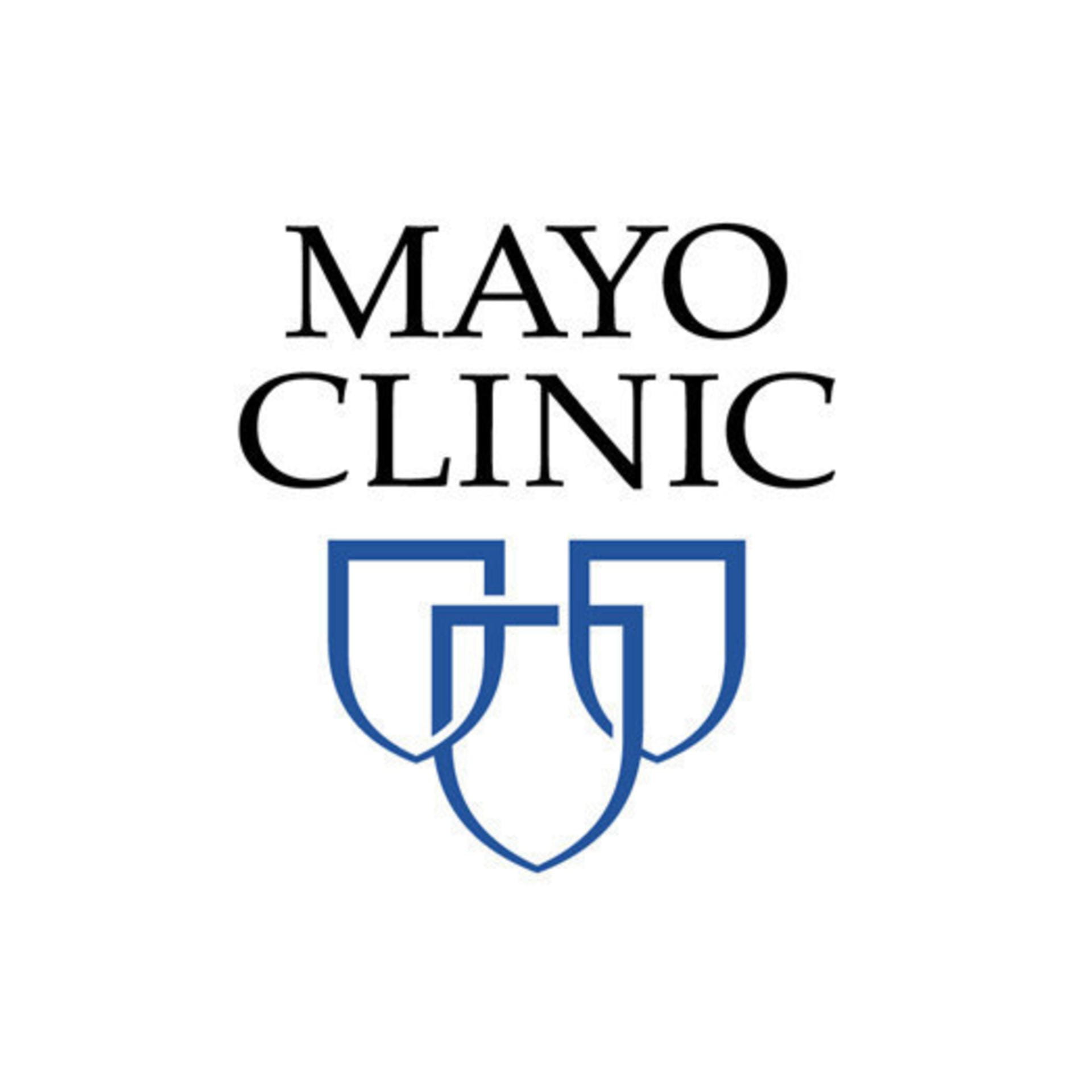Get to know our team on LinkedIN:
Madeleine Trousse, Audrey Atinsky, Caitlin Krachon, Lauren Harris, Phoebe Shudt
CathCollapse
A multiple lumen drainage and administration catheter for percutaneously treating pericardial effusion
Project Description:
Pericardial effusion is a condition that occurs when fluid accumulates in the pericardial sac surrounding the heart. When this occurs rapidly, it puts pressure on the heart, preventing proper blood circulation. The current treatment option is a pericardiocentesis, where a needle is inserted into the sac and drains the excess fluid. However, for larger or higher pressure bleeds, simply draining the fluid is not enough. In these cases, patients require open-heart surgery to locate and repair the perforation to the heart. Although the need for open heart surgeries is uncommon with pericardial effusions, it remains a concern that limits the expansion of many heart procedures to smaller hospitals. This is because effusions are the most common complication of electrophysiology (EP) procedures. Many hospitals avoid performing these EP procedures due to fear of causing an effusion that requires surgery and not having proper facilities to treat it. Therefore, we need a percutaneous solution to pericardial effusion to localize and close the perforation and eliminate the need for open-heart surgery.
To address this problem, our team came up with the following solution: a multi-lumen drainage and administration catheter. Each lumen acts independently, allowing for simultaneous drainage of fluid from the pericardial sac while a hemostatic agent is applied. Suction through the lumen will generate a negative pressure gradient, collapsing the sac against the heart and stopping blood flow through the perforation. The pressure of the sac against the bleed promotes natural clotting, allowing for a completely percutaneous treatment. With our current testing model, we have seen a 95.4% reduction in blood flow through the simulated bleed with a pressure of about 14.6 mmHg. This corresponds to the typical pressure seen in an atrial bleed.



